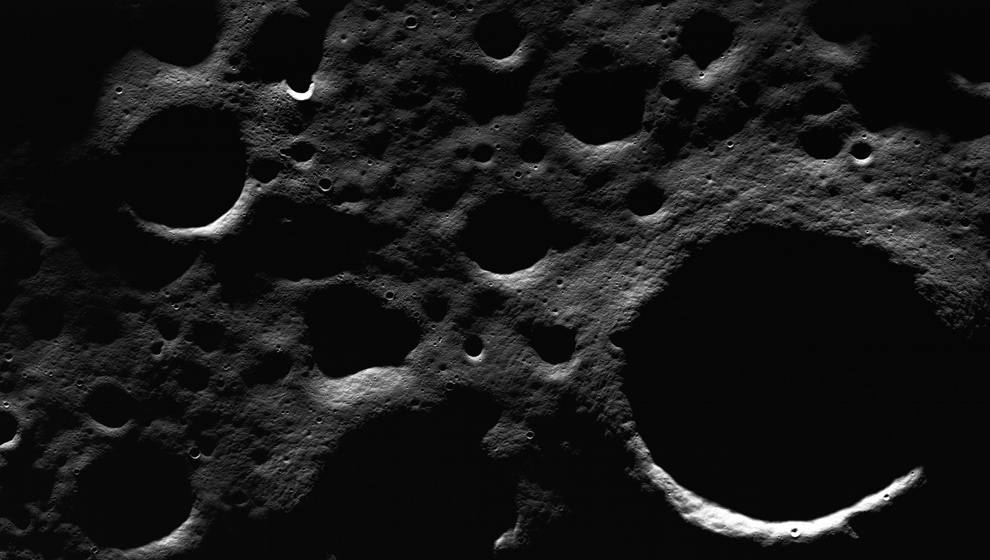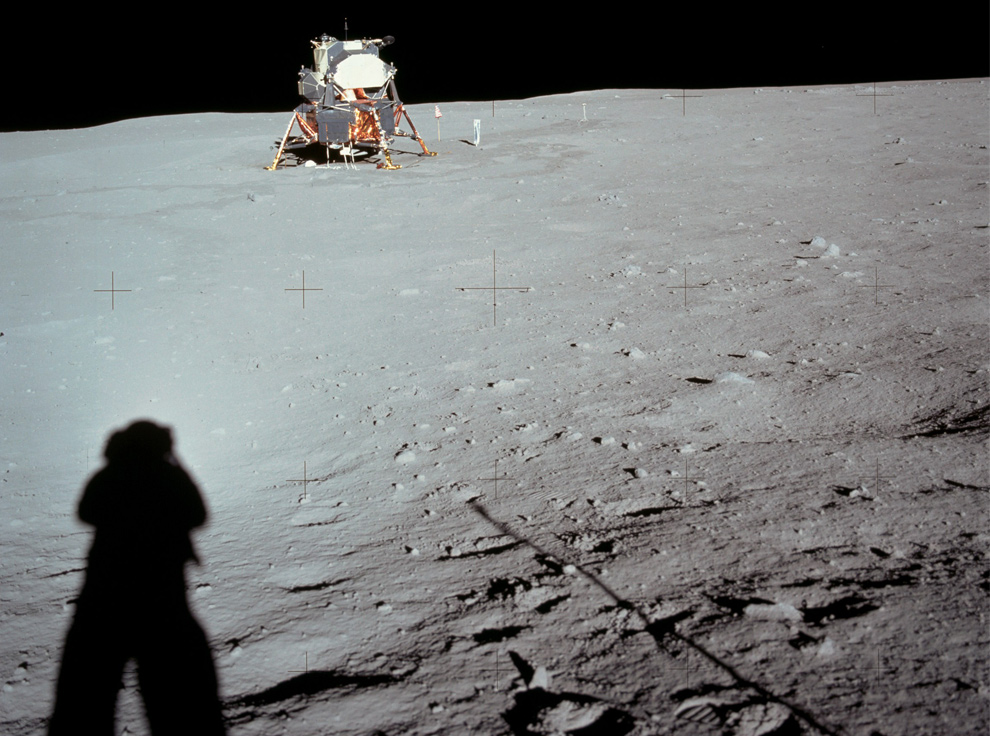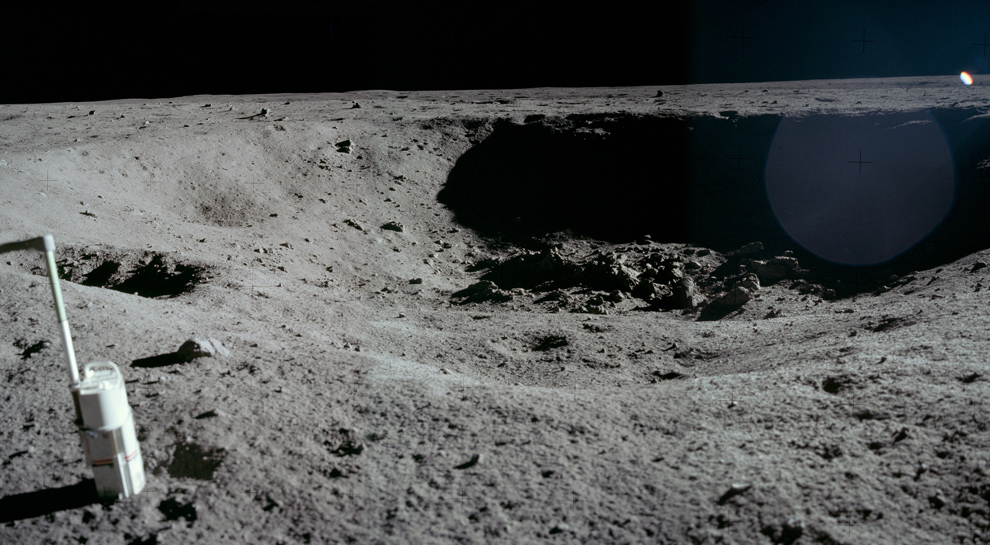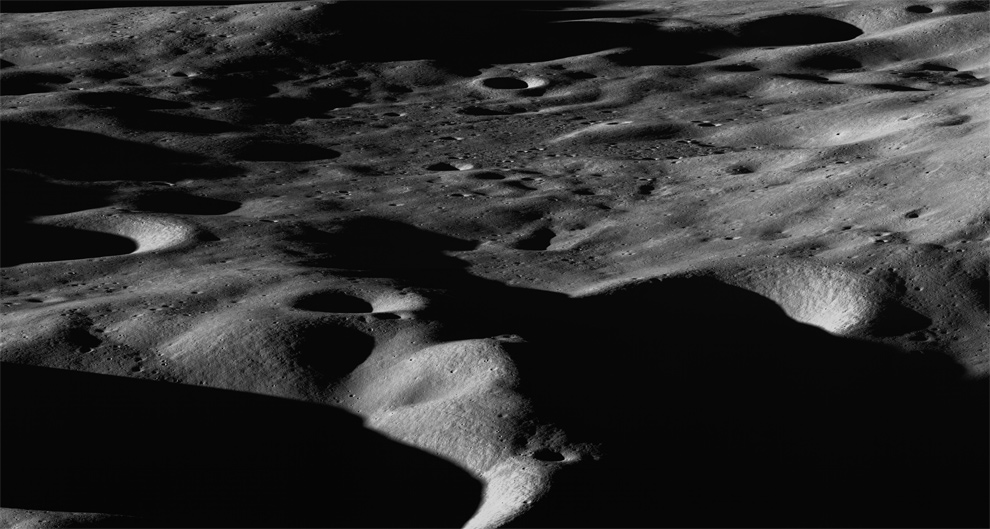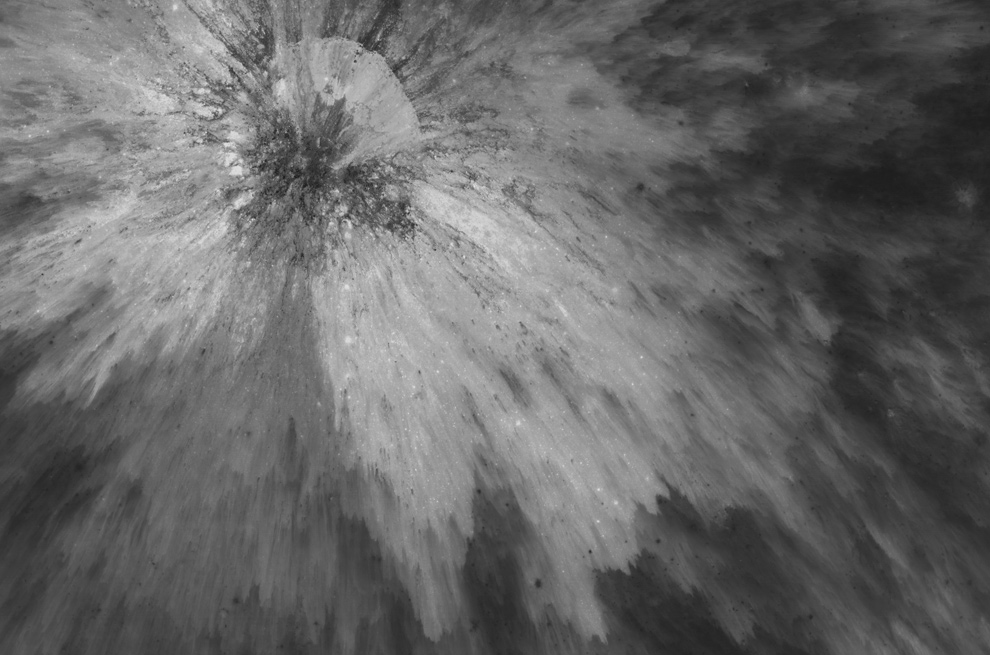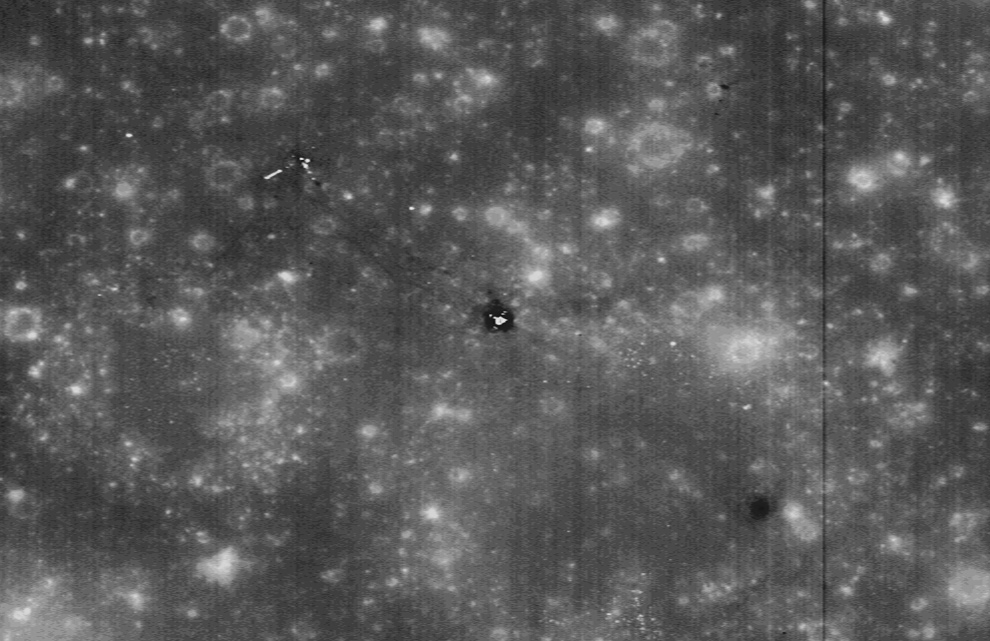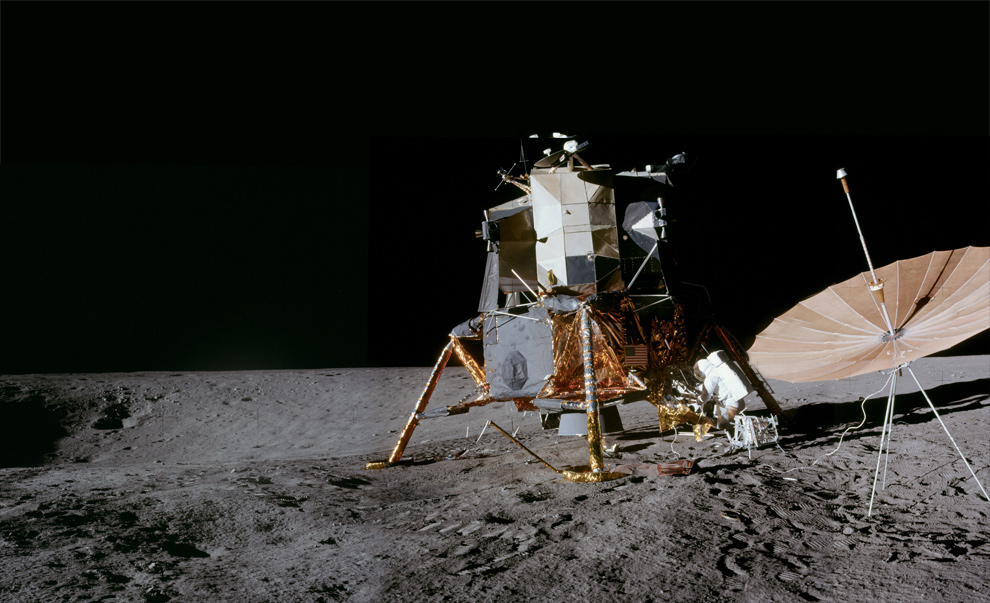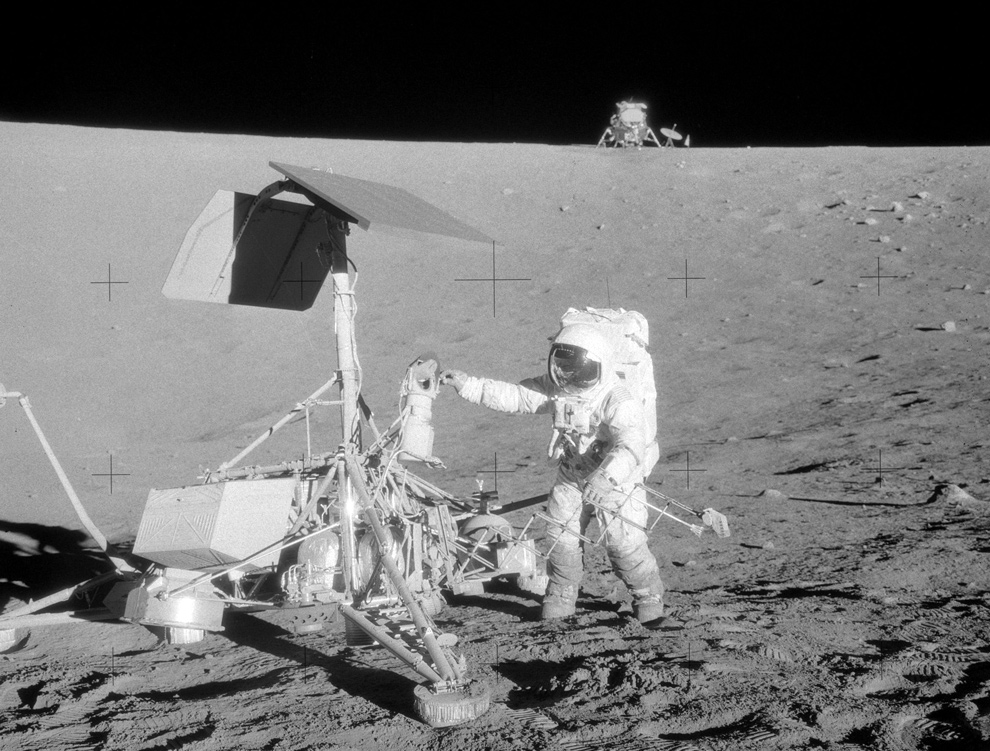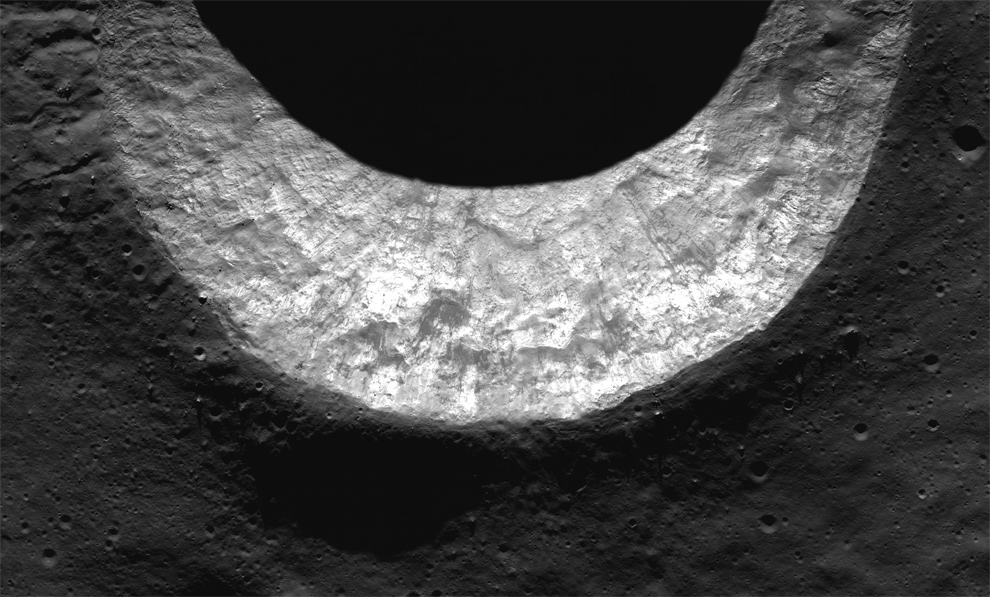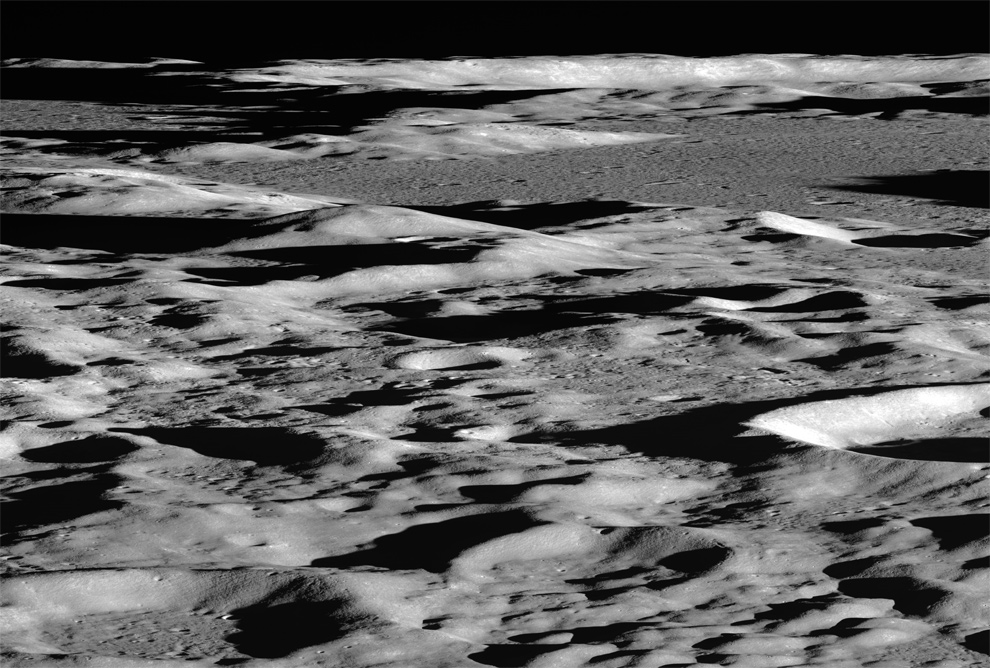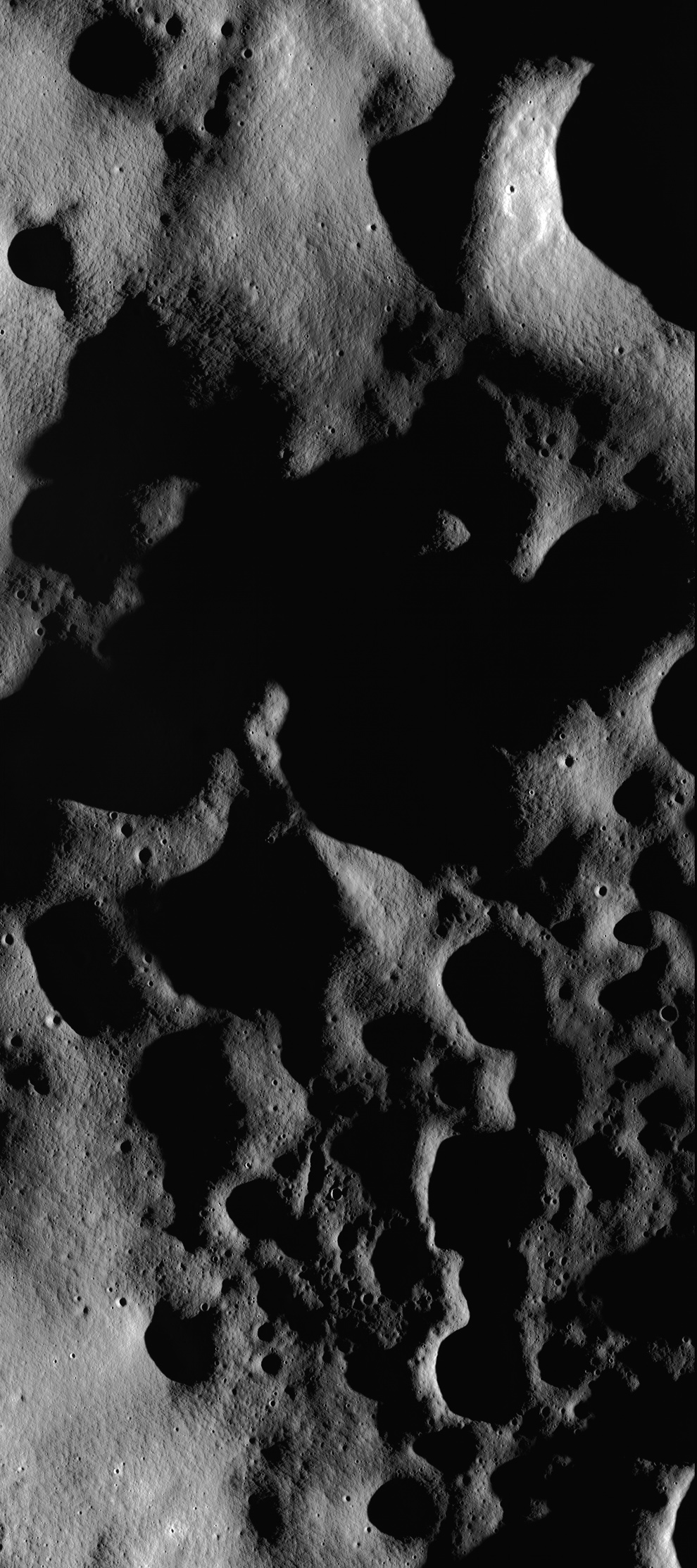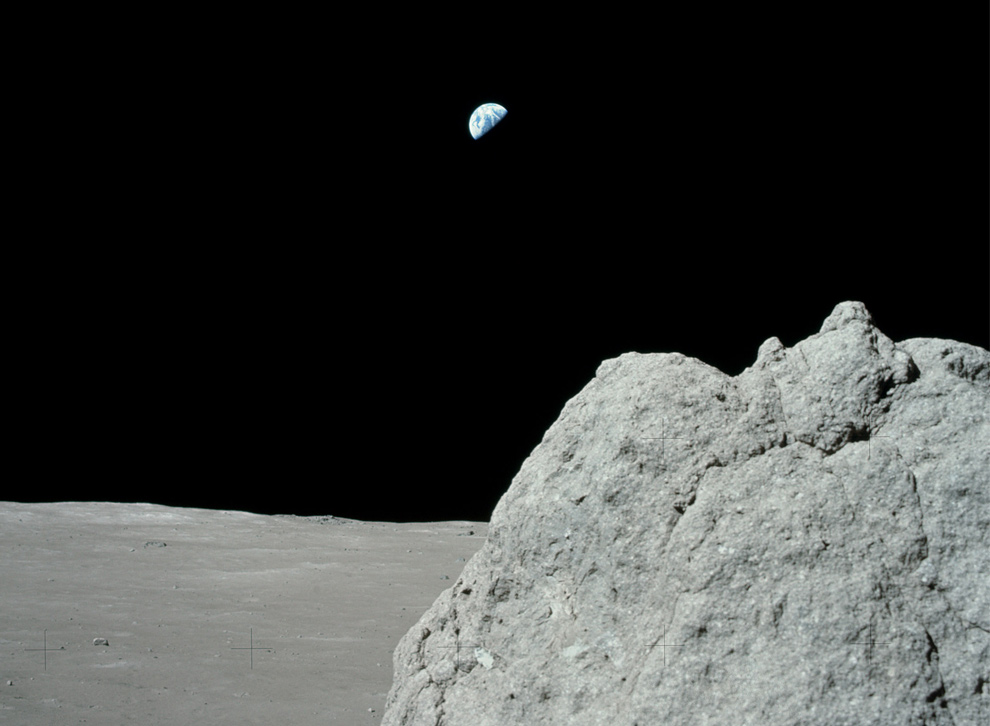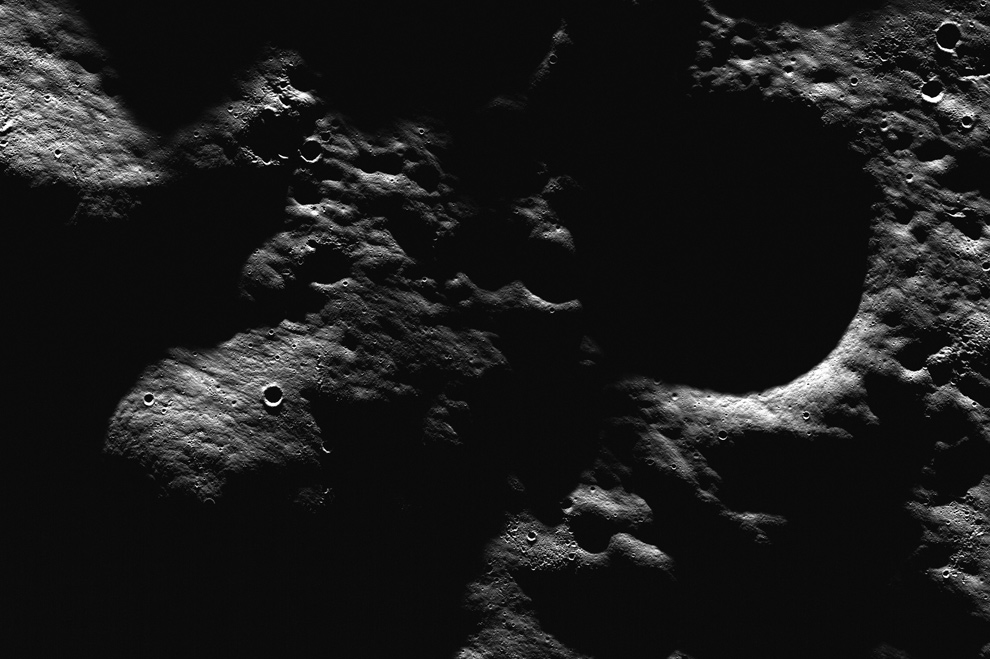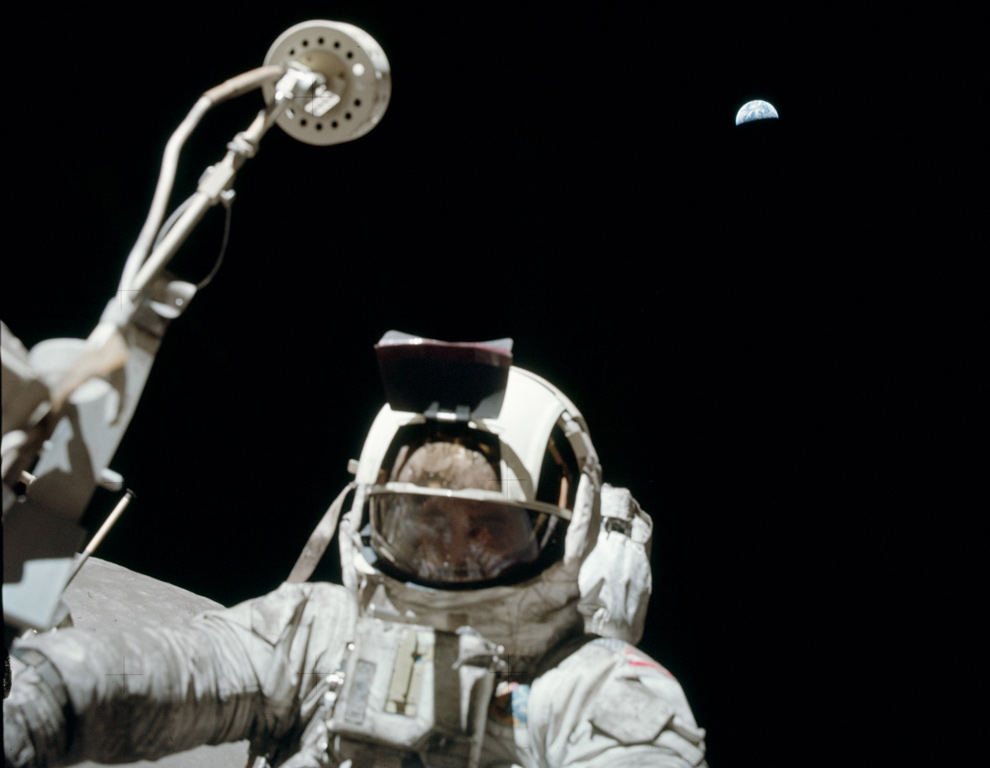Siberian Husky
Siberian Husky
เป็นสุนัขขนาดกลาง ขนฟูแน่น จัดอยู่ในกลุ่มสุนัขใช้งาน มีต้นกำเนิดทางตะวันออกของไซบีเรีย เพาะพันธุ์มาจากสุนัขในวงศ์สปิตซ์ มีลักษณะขน 2 ชั้นฟูแน่น, หางรูปเคียว, หูเป็นรูปสามเหลี่ยมตั้งชัน และลายที่เป็นลักษณะเฉพาะ
ไซบีเรียนฮัสกีเป็นสุนัขที่แข็งแรง คล่องแคล่ว เต็มไปด้วยพลัง และยืดหยุ่น เป็นคุณสมบัติที่สืบทอดจากบรรพบุรุษที่มาจากสิ่งแวดล้อมที่หนาวเย็นอย่างรุนแรงของไซบีเรีย และจากการเพาะพันธุ์ของชาวชุกชี (Chukchi) ที่อาศัยอยู่ทางด้านตะวันออกเฉียงเหนือของเอเชีย สุนัขถูกนำเข้ามาในอะแลสกา ระหว่างช่วงตื่นทองที่เมืองนอมน์ (Nome) และแพร่เข้าสู่สหรัฐอเมริกาและประเทศแคนาดาในฐานะสุนัขลากเลื่อน ก่อนที่จะเปลี่ยนมาเป็นสุนัขเลี้ยงตามบ้านในภายหลังอย่างรวดเร็ว
ไซบีเรียนฮัสกีเป็นสุนัขที่แข็งแรง คล่องแคล่ว เต็มไปด้วยพลัง และยืดหยุ่น เป็นคุณสมบัติที่สืบทอดจากบรรพบุรุษที่มาจากสิ่งแวดล้อมที่หนาวเย็นอย่างรุนแรงของไซบีเรีย และจากการเพาะพันธุ์ของชาวชุกชี (Chukchi) ที่อาศัยอยู่ทางด้านตะวันออกเฉียงเหนือของเอเชีย สุนัขถูกนำเข้ามาในอะแลสกา ระหว่างช่วงตื่นทองที่เมืองนอมน์ (Nome) และแพร่เข้าสู่สหรัฐอเมริกาและประเทศแคนาดาในฐานะสุนัขลากเลื่อน ก่อนที่จะเปลี่ยนมาเป็นสุนัขเลี้ยงตามบ้านในภายหลังอย่างรวดเร็ว
A medium size dog, dense fluffy dog in the manual. Originated in eastern Siberia. Breed of dog in the Spitz family has 2full hair tight, sickle tail, erect triangular ears. And patterns that are characteristic
Siberian Husky dog is strong, agile and powerful and flexible features inherited from their ancestors came from the extremely cold and harsh environment of Siberia. And from the breeding of the Chukchi (Chukchi) living in northeasternAsia. Dogs were imported into Alaska. During the Gold Rush NOM's (Nome) and spread to the United States and Canada as sled dogs. Before switching to a dog in the home quickly.
Siberian Husky dog is strong, agile and powerful and flexible features inherited from their ancestors came from the extremely cold and harsh environment of Siberia. And from the breeding of the Chukchi (Chukchi) living in northeasternAsia. Dogs were imported into Alaska. During the Gold Rush NOM's (Nome) and spread to the United States and Canada as sled dogs. Before switching to a dog in the home quickly.
ลักษณะทั่วไป
ไซบีเรียนฮัสกีมีรูปร่างลักษณะภายนอกคล้ายกับอลาสกันมาลามิวท์เช่นเดียวกับสายพันธุ์อื่นๆที่พัฒนาสายพันธุ์มาจากสุนัขวงศ์สปิตซ์เช่นซามอย ไซบีเรียนมีขนหนาแน่นกว่าสุนัขสายพันธุ์อื่น มีสีและรูปแบบขนที่หลากหลาย โดยปกติมีสีขาวที่เท้า, ขา, ท้อง, รอบตาหรือเป็นหน้ากากที่หน้า และที่ปลายหาง ทั่วไปมีสีดำ-ขาว, เทา-ขาว, ทองแดง-ขาว, และขาวปลอด และยังมีแบบที่เป็นเอกลักษณะเฉพาะ เช่น สีอ่อน แต้มจุด แว่นตา ฯลฯ บางครั้งก็มีลักษณะคล้ายหมาป่าเกิดขึ้น แม้ว่าในการพัฒนาพันธุ์ไม่มีความใกล้ชิดกับหมาป่าหรือสายพันธุ์ที่ใกล้ชิดเลย คิดว่าเกิดจากการเพาะพันธุ์ที่ไซบีเรียแล้ว
ไซบีเรียนฮัสกี "ตา 2 สี", "จมูกหิมะ"(สีแดง)
ตา
สีตาของไซบีเรียนฮัสกีที่เป็นที่ยอมรับมีสีฟ้าหรือน้ำตาลเข้ม, เขียว, น้ำตาลอ่อน, เหลือง/อำพัน, "แก้วตาหลายสี" หรือตาเฮเซล (Hazel) เป็นจุดบกพร่องร้ายแรงที่แสดงวงสีต่างกันในแก้วตา รวมถึงตาข้างนึงสีน้ำตาลอีกข้างสีฟ้า (complete heterochromia) หรือตาข้างเดียวหรือทั้ง 2 ข้างมีสี "แบ่งส่วน" น้ำตาลครึ่งฟ้าครึ่ง (partial heterochromia) นี่คือสีตาทั้งหมดที่ถูกพิจารณายอมรับโดยสมาคมพัฒนาพันธุ์สุนัขแห่งสหรัฐอเมริกา ตาต้องเป็นรูปอัลมอนด์ เว้นระยะห่างกันปานกลาง วางตัวเฉียงเล็กน้อย
หูและหาง
หูเป็นรูปสามเหลี่ยม, มีขนสมบูรณ์, ขนาดกลาง, และตั้งชัน ความผิดพลาดที่เกิดขึ้นบ่อยๆในการพัฒนาพันธุ์โดยสมาคมพัฒนาพันธุ์สุนัข เช่นสมาคมพัฒนาพันธุ์สุนัข (สหรัฐอเมริกา) ที่มีรูปหูที่เรียกว่าหูผึ่ง (prick ears) หางเป็นพู่เหมือนหางหมาจิ้งจอกรูปเคียวโค้งเหนือหลังและลากหางไปด้านหลังเมื่อเคลื่อนไหว ไซบีเรียนฮัสกีส่วนมากมีสีขาวตรงปลายหาง หางต้องไม่โค้งจนแตะหลังเหมือนสปิตซ์ สีออกแกมขาว
ขน
ขนของไซบีเรียนฮัสกีมี 2 ชั้น ขนชั้นในที่หนาแน่นและขนชั้นนอกที่ยาวกว่า ขนชั้นนอกยาวตรงและบางส่วนเหยียดเรียบไม่ชี้ชันตั้งตรงจากลำตัว ที่สามารถปกป้องมันจากความรุนแรงของฤดูหนาวขั้วโลกเหนือได้ (−50 °C to −60 °C) แต่ขนที่หนานั้นทำให้ระบายความร้อนได้ยากในฤดูร้อน ส่วนขนยาวแบบที่เรียกว่า "ฮัสกีขนแกะ (wooly huskies)" นั้นไม่เป็นที่ยอมรับ และไม่มีสิทธิ์ลงแข่งในสนามประกวด ดูสีขนเพิ่มเติม
จมูก
จมูกของไซบีเรียนฮัสกีมีสีดำในสีเทาในสุนัขสีแทนและสีดำ สีเลือดหมูในสุนัขสีทองแดง และอาจจะมีสีเนื้อในสุนัขสีขาว ไซบีเรียนฮัสกีบางตัวมีจมูกที่เรียกว่า "จมูกหิมะ" เป็นสภาวะที่เรียกว่าผิวด่าง (hypopigmentation) ในสัตว์ และสุนัขที่มี "จมูกหิมะ" นั้นสามารถลงประกวดได้ในสุนัขระดับประกวดไม่ค่อยจะมีจมูกทรงแหลมหรือสี่เหลี่ยมนัก
ขนาด
ในการเพาะพันธุ์ ไซบีเรียนฮัสกีมีมาตรฐานดังนี้ เพศผู้สูง 21 - 23.5 นิ้ว (53.5 - 60 ซ.ม.) หนัก 45 - 60 ปอนด์ (20.5 - 28 กิโลกรัม) เพศเมียมีขนาดเล็กกว่า สูง 20 - 22 นิ้ว (50.5 - 56 ซ.ม.) หนัก 35 - 50 ปอนด์ (15.5 - 23 กิโลกรัม)
อารมณ์
ไซบีเรียนฮัสกีก็เหมือนสุนัขใช้งานทั่วๆไปที่มีพลังงานสูงต้องการการออกกำลังมาก มันควรได้รับการปฏิบัติแบบเพื่อนเดินทางและสุนัขลากเลื่อนไม่ใช่สุนัขอารักขา การรวมกันของปัจจัยนี้ส่งผลให้ไซบีเรียนฮัสกีมีจิตประสาทที่สุภาพอ่อนโยนและซื่อสัตย์
ชาวอินูอิต (Inuit) พัฒนาสายพันธุ์นี้ขึ้นมาเพื่อใช้ลากเลื่อนหนักเป็นระยะทางไกลๆและสามารถเอาตัวรอดได้การภูมิประเทศที่หนาวเย็นแบบทรุนดรา (tundra) และช่วยในการล่าสัตว์
ไซบีเรียนฮัสกี เพศเมีย อายุ 6 เดือน กำลังเล่นในหิมะ
พฤติกรรม
พฤติกรรมของไซบีเรียนฮัสกีถูกมองว่าเป็นตัวแทนบรรพบุรุษของสุนัขบ้าน นั่นก็คือหมาป่า มันแสดงออกในรูปแบบพฤติกรรมของเทือกเถาเหล่ากอแบบกว้างๆบ่อยครั้งที่ชอบหอนมากกว่าเห่า การแสดงออกที่มากเกินไปเกิดจากการถูกขับด้วยสัญชาตญาณในการล่า บุคลิกลักษณะของสุนัขที่เกิดจากการเพาะพันธุ์บ่อยครั้งที่เห็นได้ชัดในพฤติกรรมการละเล่นไล่จับสิ่งต่างๆในสิ่งแวดล้อมที่สุนัขแสดงออกมาคล้ายกับสุนัขล่าเนื้อมากกว่าจะเป็นสัตว์เลี้ยง มันชอบวิ่งเป็นพิเศษ น่าจะเป็นเพราะจากประวัติการเพาะพันธุ์ในอเมริกาเหนือ ในการฝึกสุนัขให้เชื่อฟังคำสั่งควรใช้เวลา 15 นาที/วันดีที่สุด และทำทุกๆวัน แต่บางครั้ง ไซบีเรียฮัสกี้จะเป็นสุนัขที่คนชอบเห็นว่าเป็นสุนัขที่ขี้เล่นหรือชอบวิ่งเล่นมากกว่าสุนัขพันธ์อื่นๆ
สุขภาพ
ไซบีเรียนฮัสกีมีอายุเฉลี่ยราวๆ 12 - 16 ปี ข้อบกพร่องในตาแต่กำเนิดที่พบจากการเพาะพันธุ์ เช่น ต้อกระจกบาง, กระจกตาเจริญผิดเพี้ยน, และจอตาฝ่อรุกลาม การเจริญผิดปรกติของเอวก็พบได้บ่อยเช่นกันในการเพาะเลี้ยงเหมือนกับสุนัขขนาดกลางหรือขนาดใหญ่ทั่วไป
ไซบีเรียนฮัสกีที่เป็นสุนัขลากเลื่อนอาจมีโรคอื่นๆอีก เช่น โรคกระเพาะ, หลอดลมอักเสบ, และแผลในกระเพาะ
characteristics
Siberian Husky with outward similarities with the Alaskan Malamute Club as well as other species to develop varieties ofSpitz dog family such Samoyed. Siberians have a thicker coat than most other breeds of dog. There are a variety ofcolors and patterns,. Typically have white feet, legs, abdomen, around the eye or facial. And at the tail end Common colors - black, white, gray - white, copper - white and off-white and has a doctorate characteristics such as light marking the glasses, etc. Sometimes it is like wolf happens. Although the development of no closer to a wolf, or a species that closely yet. Think of Siberia and breeding.
Siberian Husky "two black eyes", "snow nose" (red).
Eye
Eye Siberian Husky was recognized with a blue or dark brown, green, brown, yellow / amber, "the apple of many colors" or eye Hazel (Hazel) is a serious shortcoming that show the different colors on. corneal Including eye, one brown, the other blue (complete heterochromia), or one eye or both two sides with "segmentation" brown half blue half (partial heterochromia) This is a black eye on all that is considered acceptable by the society development. dog of the United States Have almond shaped eyes. Moderately spaced Slightly oblique orientation
Ears and tail
The ears are triangular, with perfect hair, medium, and application errors that occur frequently in the development ofthe breed by the Kennel Club. Such as the Kennel Club (USA) with the ear is called ear (prick ears) tassel-like tail, fox tail is sickle-shaped tail curved over the back and drag it to the back when moving. Siberian Husky was mostly white at the tip of the tail. The tail must not bend the backs like Spitz whitish color.
Coat
Siberian fur coat has two layers, the outer hair density and length. Outer hair long, straight, flat stretches and some ofthe stories do not match the body. That can protect it from the harshness of the winter North Pole (-50 ° C to -60 ° C ), but the thick fur that makes them hard in the summer heat. The long wool called "Husky Fleece (wooly huskies)" is not acceptable. And is not eligible to compete in the contest. See more hair color
nose
Siberian nose is black in gray, tan and black dog. Crimson copper color in dogs. And may be flesh-colored in white dogs.Siberian some nose is called "snow nose" is a skin condition called alkali. (hypopigmentation) in animals and dogs with"snow nose" that can be contested in the contest dog are rarely sharp or square shape of the nose.
size
In breeding Siberian high standards as males 21 to 23.5 inches (53.5 to 60 cm) Weight 45 - 60 lbs (20.5 to 28 kg) femalewith smaller height 20 - 22 inches (50.5 to 56 cm. . room.) weighs 35 - 50 pounds (15.5 to 23 kg).
emotions
Siberian Husky with two eyes colours.
Siberian Husky with ice blue eyes.
Siberian Husky dog is like a typical high energy demands of exercise. It should be treated with fellow travelers and sled dog, not a guard dog. The combination of these factors resulted in a Siberian mental courteous and honest.
The Inuit (Inuit) of this species to be used as a heavy sled, long distance and can survive the cold landscapes ModelDrama (tundra) and help in the hunt.
behavior
Behavior of the Siberian Husky be seen as representing the ancestors of domestic dogs. There is a wolf It manifests itself in the behavior patterns of the USSR, often broad like whining than barking to show that too much was being drivenby the instinct to hunt. The personality of the dog from breeding often evident in their behavior in the environment playschasing things that appear similar to greyhound dogs rather than pets. It's like running a Probably because of breedinghistory in America. To train the dog to obey commands should only take 15 minutes / day, best and do every day, butsometimes Siberian Husky is a dog that likes to see that the dog is playful and likes to run over dogs more.
Health
Siberian Husky with an average age of about 12-16 years, but the origin of the defect in the eye of some breeding, such as cataracts, corneal distortion, growth, and retinal atrophy spread offense. Abnormal growth of the waist is common as well as in the culture medium or large dogs in general.
The Siberian Husky is a sled dog may have other diseases such as gastritis, bronchitis, and stomach ulcers.
The Inuit (Inuit) of this species to be used as a heavy sled, long distance and can survive the cold landscapes ModelDrama (tundra) and help in the hunt.
behavior
Behavior of the Siberian Husky be seen as representing the ancestors of domestic dogs. There is a wolf It manifests itself in the behavior patterns of the USSR, often broad like whining than barking to show that too much was being drivenby the instinct to hunt. The personality of the dog from breeding often evident in their behavior in the environment playschasing things that appear similar to greyhound dogs rather than pets. It's like running a Probably because of breedinghistory in America. To train the dog to obey commands should only take 15 minutes / day, best and do every day, butsometimes Siberian Husky is a dog that likes to see that the dog is playful and likes to run over dogs more.
Health
Siberian Husky with an average age of about 12-16 years, but the origin of the defect in the eye of some breeding, such as cataracts, corneal distortion, growth, and retinal atrophy spread offense. Abnormal growth of the waist is common as well as in the culture medium or large dogs in general.
The Siberian Husky is a sled dog may have other diseases such as gastritis, bronchitis, and stomach ulcers.
credit : www.wikipidia.com




